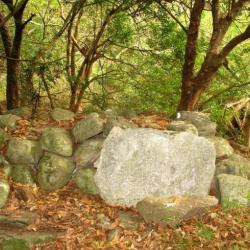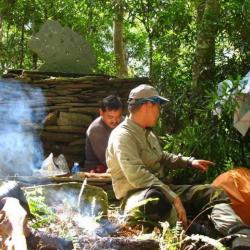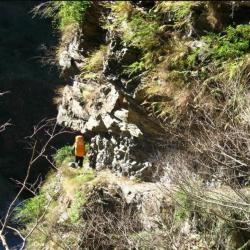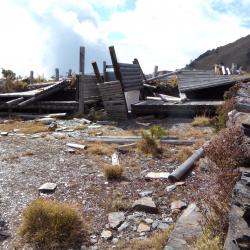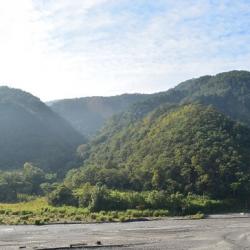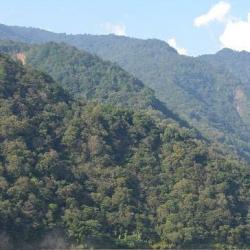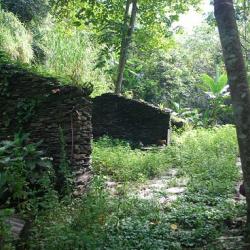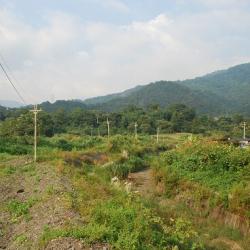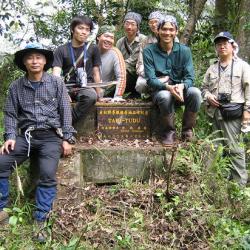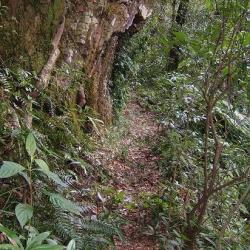The worship platform is located on the river terrace of the Luye River, below the Kaili Police Post in Yanping Township, Taitung County. The time when the foundation was built is unknown.
The Kaili Police Post was built by the Governor-General in Taiwan to improve the efficiency of monitoring Bunun people in the Pasnanavan area in 1924. The number of police officers stationed increased as police posts at Onzen, Siusui (Qingshui), Songshan, Kaili, Kakaiyu, Tavilin were successively set up on the left bank of the Beisilan River. The Songshan Police Post was withdrawn in 1930, and the control area of Siusui (Qingshui) Police Post was adjusted to cover the area between Onzen Police Post and Kaili Police Post.
